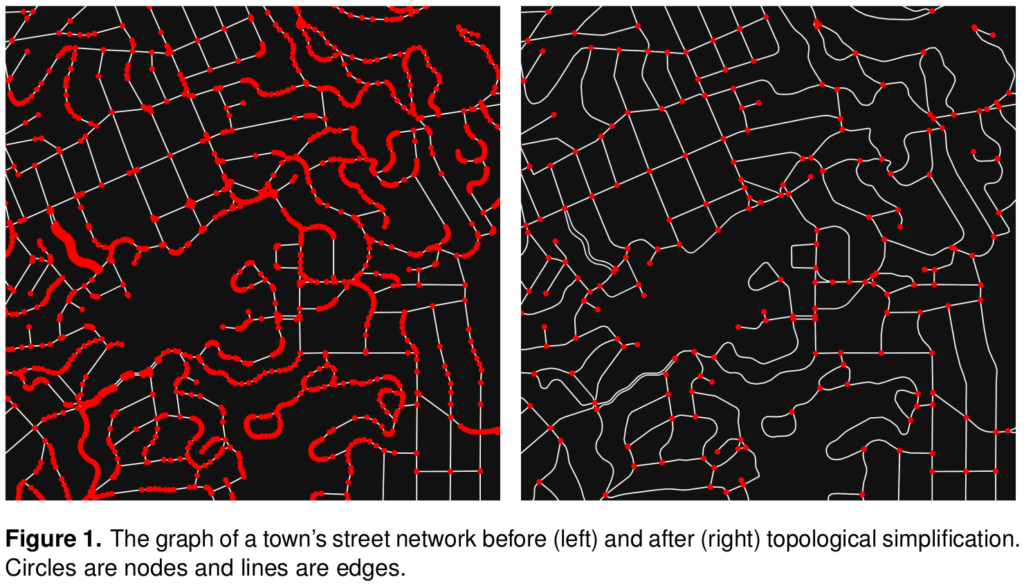I have a new article out now in Transportation Research Part A: Policy and Practice. Here’s a free open-access preprint if you lack institutional access.
We simulate over 2.4 billion trips across every urban area in the world to measure street network vulnerability to disasters, then measure the relationships between street network design and these vulnerability indicators.
First we modeled the street networks of more than 8,000 urban areas in 178 countries. Then, for each urban area, we simulated disasters of 3 different types (representing floods, earthquakes, and targeted attacks) and 10 different extents. Then we simulated over 2.4 billion trips on these networks to measure how certain trips become more circuitous or even impossible to complete as parts of the network fail after a disaster. Finally we built a model to predict how much a disaster would impact trips.


 This post is adapted from
This post is adapted from